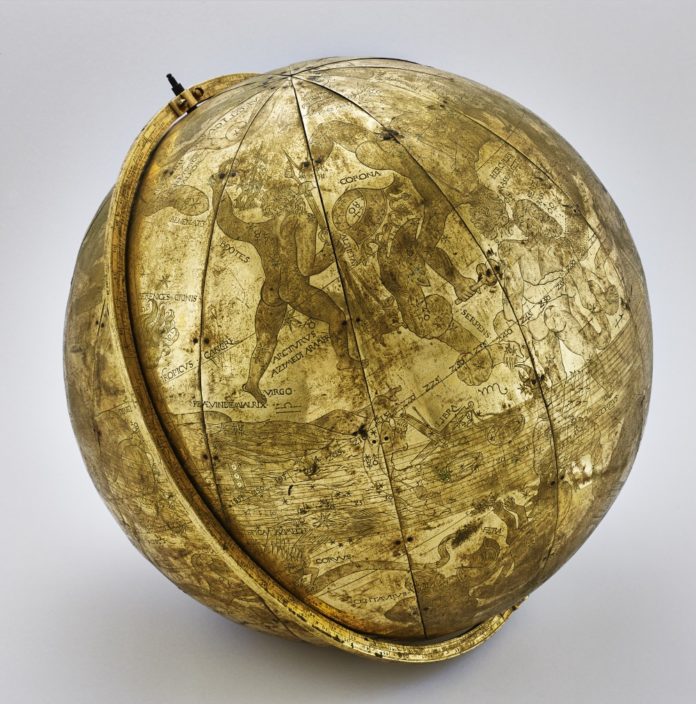From December 8, 2017, to February 25, 2018, in the exhibition halls of the Assumption Belfry and the Patriarch’s Palace there will be an exhibition “Lords of the Ocean. Treasures of the Portuguese Empire of the XVI – XVIII centuries “. Museums of the Moscow Kremlin for the first time in Russia will turn to the history of one of the great world empires of modern times in the period of its highest flowering.
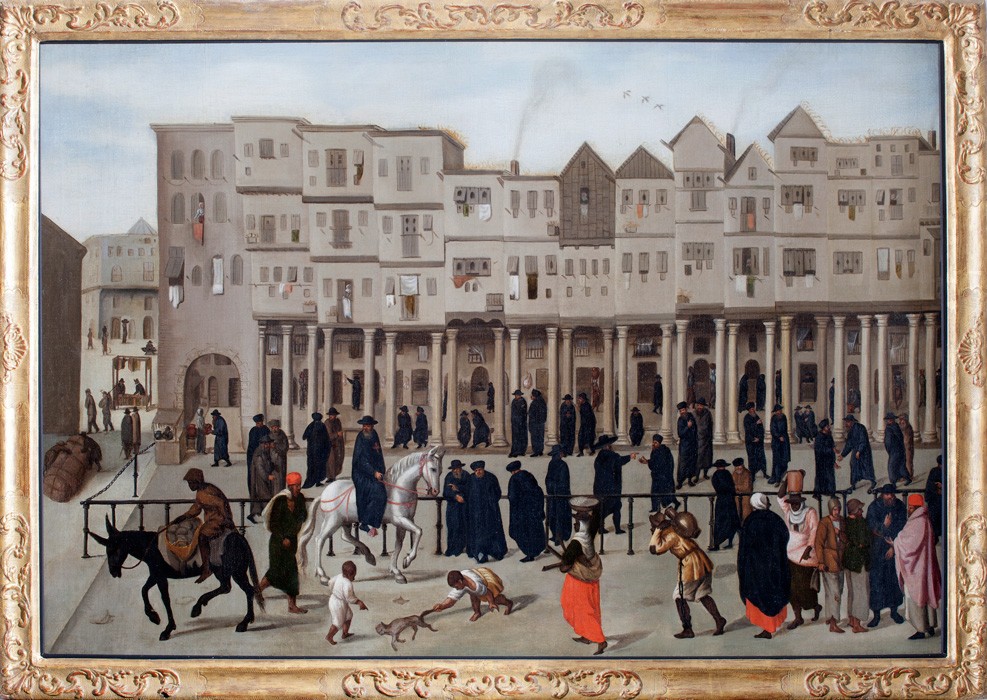
Visitors will see about 140 masterpieces from the museum and private collections in Europe and Russia, demonstrating the splendor of the Portuguese court during the global expansion of the empire. Among the participants of the exhibition project are the National Museum of Ancient Art (Lisbon), the National Archives of Torre dumbo (Lisbon), the National Palace of Sintra, the Royal Armory Chamber (Madrid), the British Museum (London), the Victoria and Albert Museum (London), the State Hermitage, The Pushkin Museum of Fine Arts. Pushkin and others.
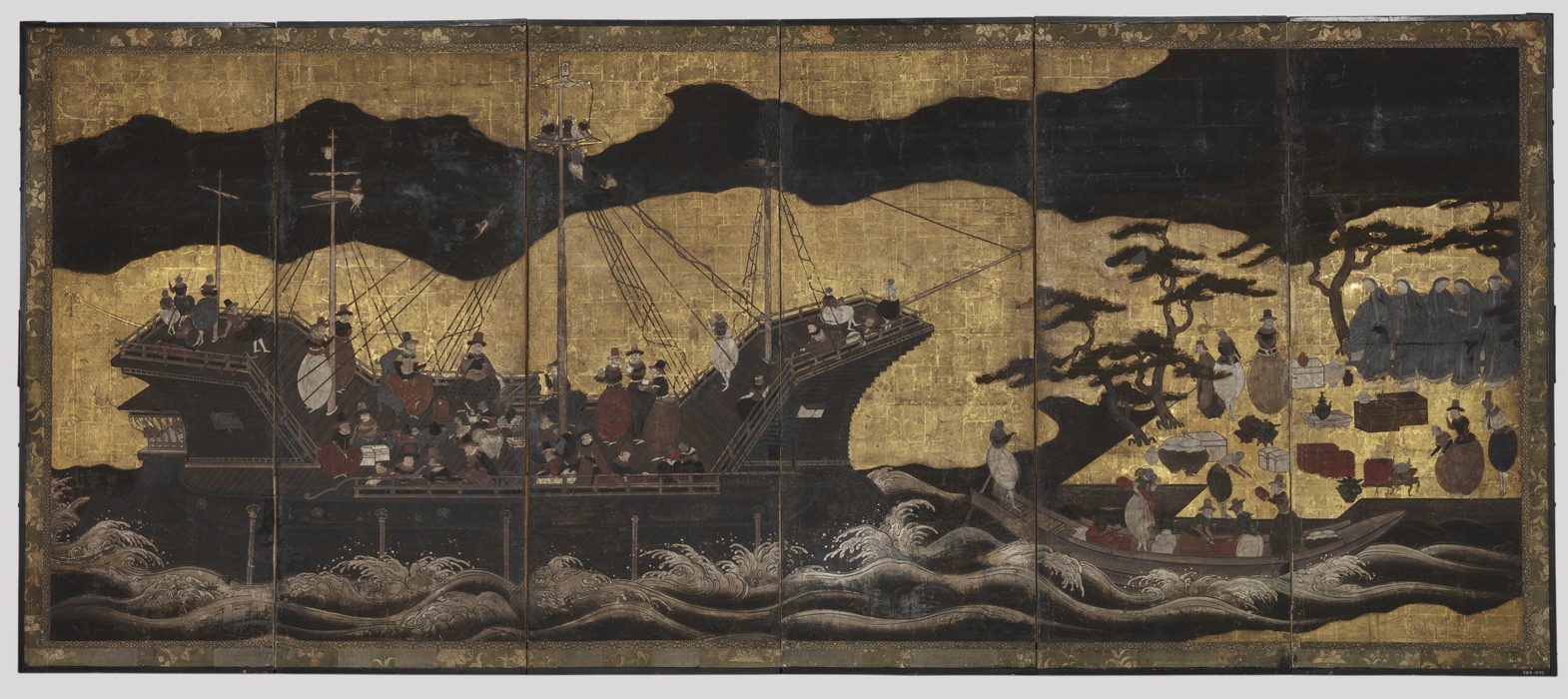
Museums of the Moscow Kremlin have long been doing reviews of the artistic values of various monarchies in Europe and Asia. Now in the Kremlin chambers, Portugal is in power, a country de jure formerly a kingdom, but de facto a true transcontinental colonial empire, whose term ended only in the 1960s. All-embracing rule of the Portuguese could be compared, perhaps, only with the British hegemony that drove them eventually. The exhibition is so called: “Lords of the ocean. Treasures of the Portuguese Empire of the XVI-XVIII centuries “.
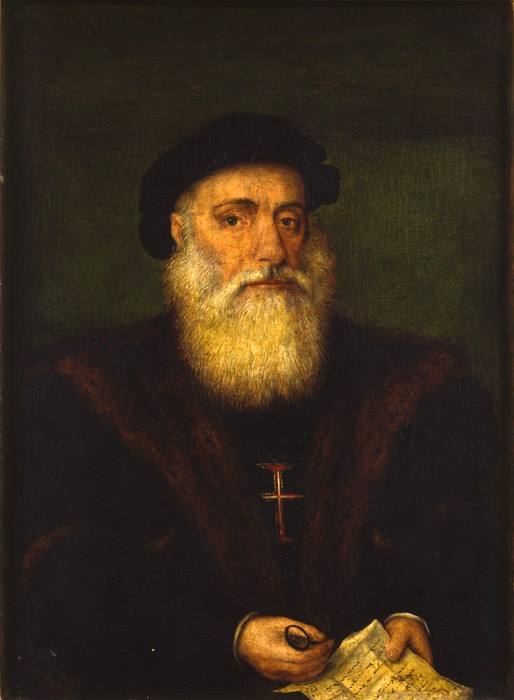
A significant place in the exposition will be occupied by the Treaty of Tordesillas of 1494, which regulates the division of spheres of influence in the world between Spain and Portugal, provided for the exhibition by the Archives of Torre do Tombu (Lisbon). In addition, visitors will see items related to the identity of Vasco da Gama, portraits of rulers and outstanding historical figures, who played an important role in the history of the Portuguese Empire, objects of ceremonial palace use. On the example of some exhibits, you can see the use in the decor of the characteristic elements of the original Manueline style, vividly embodied in the architecture of Portugal and combining elements of Gothic, Renaissance, Moorish style and exotic motifs associated with ocean voyages.
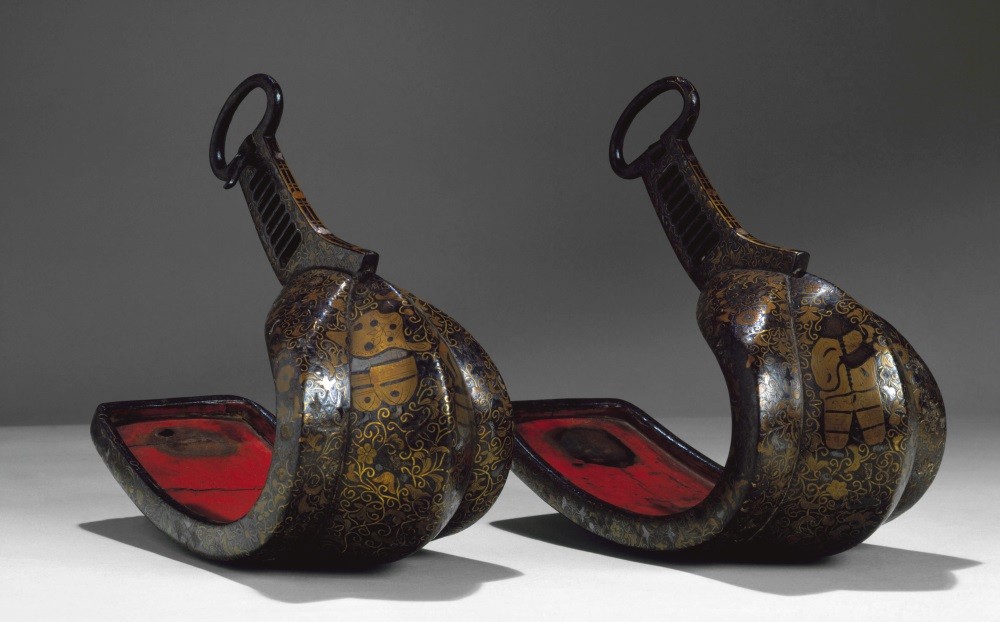
Particular attention will be paid to the art of navigation and cartography: the guests of the exhibition will get acquainted with maps and sailing directions, which will make it possible to visually demonstrate the rapid changes in the Europeans’ perceptions of the world. In the era of the Great geographical discoveries, exotic good, and luxury goods, pouring into Europe, made of rare materials, became an indispensable attribute of the first cabinet of curiosities and European treasuries. Such works, including masterpieces from the treasury of Russian tsars, will occupy an important place in the exposition. Objects will be represented here, created on different continents under the influence and in interaction with the Portuguese and European culture as a whole.
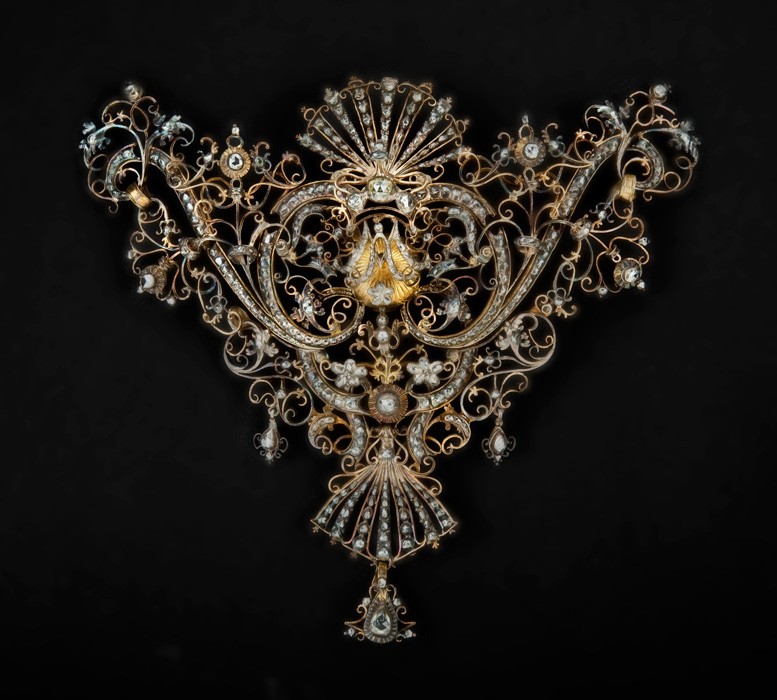
Visitors will see amazing original works, which testify to the deep mutual penetration of the cultural traditions of Europe, Asia, Africa and the New World. These are examples of so-called “export art” – things made of silver, wood, bone, and bronze by masters of different regions for European customers. Some of the exhibits, in turn, will show the emergence of characteristic European motifs on traditional things intended for the local population.






